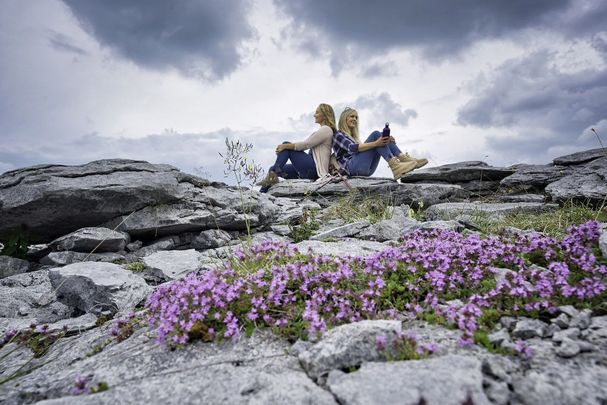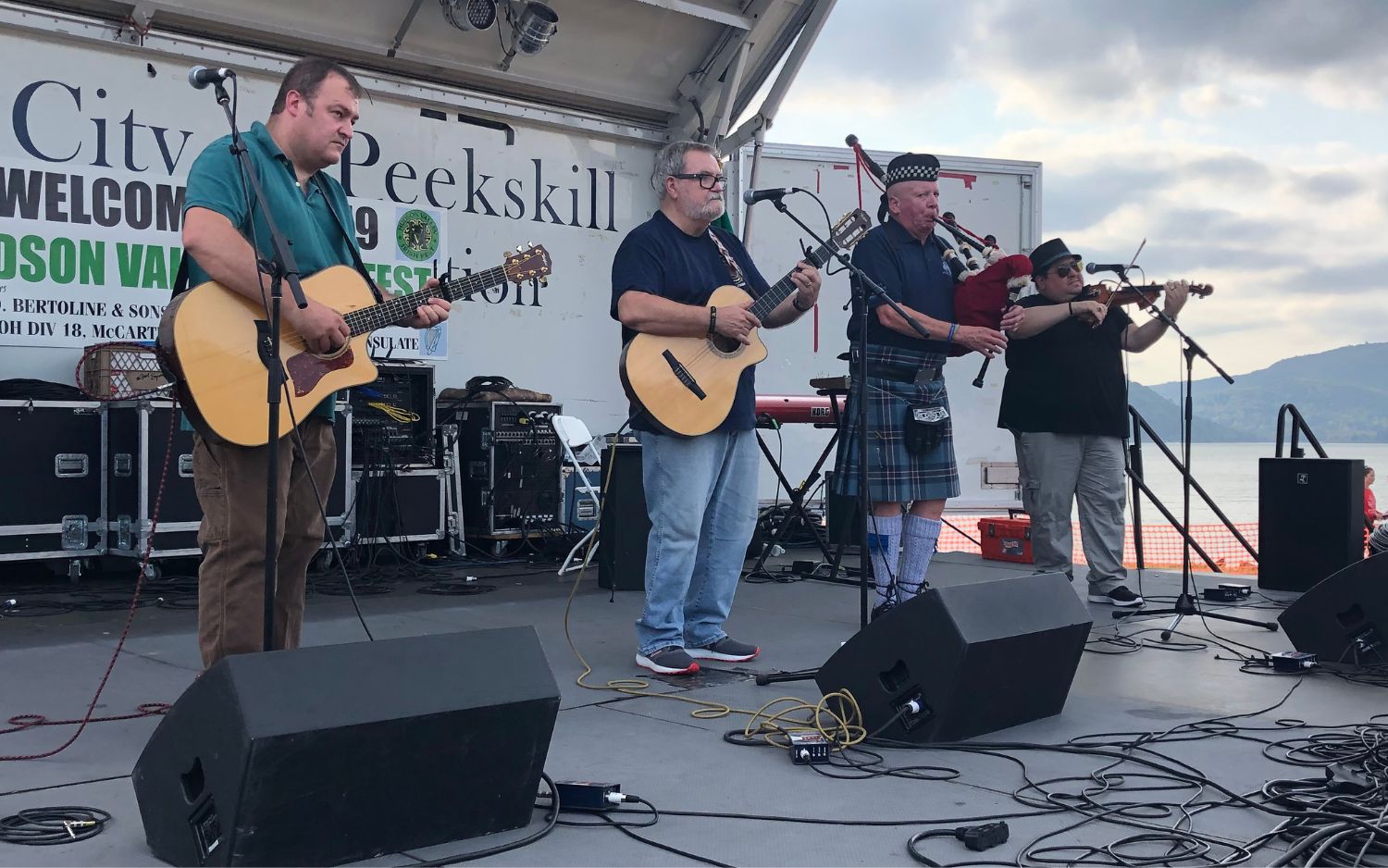Turlough Hill, in northeast County Clare, is the only Burren summit to have evidence of a prehistoric hilltop residence.
It is one of only two hilltop settlements in Ireland (the second is in County Sligo), which has led archeologists to ask why a group of people chose to stay on a mountain-top without running water 3,000 years ago.
NUI Galway (NUIG) archaeologist Dr. Stefan Bergh described the summit, which overlooks Galway Bay to the north and west and the Slieve Aughty mountains to the east, as “truly one of the most enigmatic places in Irish prehistory."
Dr. Bergh, with funding from the Royal Irish Academy, led a three-week excavation of the settlement back in 2016. The settlement consisted of 160 circular huts, bordered by a large burial cairn and two large labyrinthine enclosures of stone.
While a typical prehistoric settlement comprises two or three dwellings, the settlement on Turlough Hill is the size of a “housing estate,” The Irish Times reported.
Most of the huts were built on top of the limestone pavement, but others have been quarried into the bedrock, which would have been less eroded and in vegetation. Along the hut edges, were set slabs of stones, and hazel posts which were possibly used for skin cover.
The majority of the huts have a defined entrance or are conjoined with one other in a “semi-detached” fashion.
Dr. Bergh does not believe the settlement was defensive; however, the summit’s distinctive “rim”, which comprises an eight-meter-high cliff face, does serve as a type of natural “moat."
The larger of the two enclosures, 140m in diameter, is built some distance from the settlement. It has 10 entrances, and Dr. Bergh says it is not a hillfort.
“Its location and construction could suggest that it might have been some sort of gathering place for two different peoples,” he told the Irish Times.
In his view, the absence of a regular water supply and the fact that the people who lived there left little or no trace of their activities is the most curious thing about the settlement.

Love Irish history? Share your favorite stories with other history buffs in the IrishCentral History Facebook group.
During the three-week excavation, the team found samples of charcoal and hazelnut shells and a hearth for cooking, but so far, no pottery or toolmaking material.
Volunteers from Burrenbeo and specialists, including Swedish surveyor Dag Hammar, have been assisting the NUIG team.
“Normally, as archaeologists, we focus on the fine detail, but in this case we are analyzing the landscape and trying to work out what these people were thinking,” said Dr. Bergh.
“Religious beliefs can drive people to extremes, but there might be another purpose for this site.”
He told the Irish Times that the “explicit liminal location at the physical edge of the characteristic Burren landscape” could have offered a “symbolically charged” neutral ground for activities shared with groups based elsewhere.
Dr. Bergh has also done work at Mullaghfarna in Sligo, which has the only other known prehistoric hilltop settlement of similar size in Ireland. That settlement has about 150 circular house or hut foundations dating from the Neolithic to Bronze Age.
* Originally published in 2016, updated in Aug 2024.




Comments